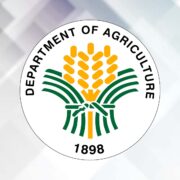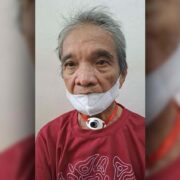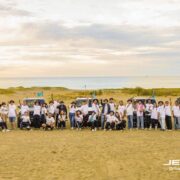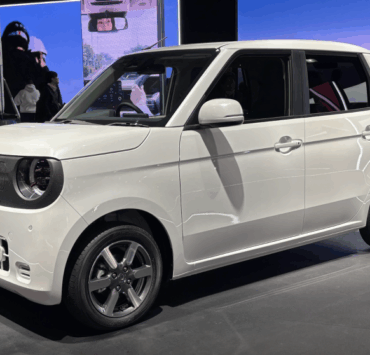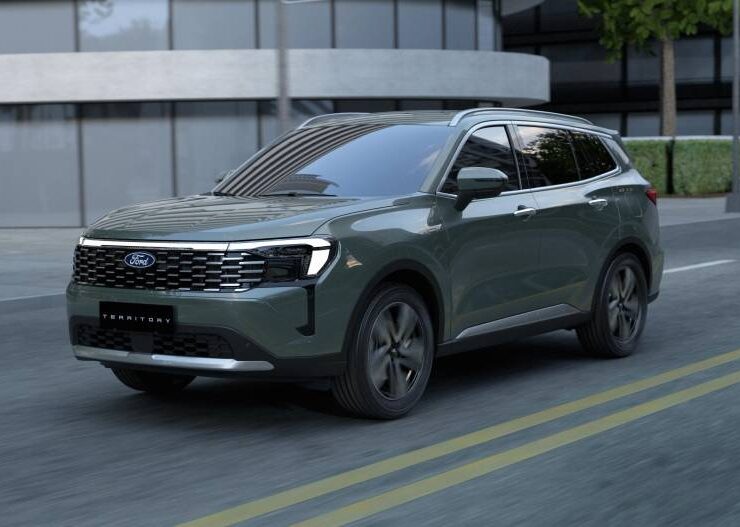Toyota’s high aces are its auto engineers

TOKYO—On Day One of the Japan Mobility Show 2025 at the Tokyo Big Sight, Toyota’s sprawling display area momentarily focused on a single stage, that of the Century being elevated into a standalone, ultra-luxury brand positioned eminently above Lexus, to go head-to-head in this rarefied atmosphere with the likes of Rolls-Royce and Bentley.
The Toyota Century Coupe Concept that was displayed was strikingly imposing, even when compared with the other uncanny concept vehicles showcased. “Dressed” like a modern king with its phoenix logo looking like a crown, the Century was ogle-worthy, no doubt. But equally attention-grabbing was the personality who presented it, no less than Toyota chairman Akio Toyoda who described the creation beside him as “the car born carrying Japan on its shoulders.”
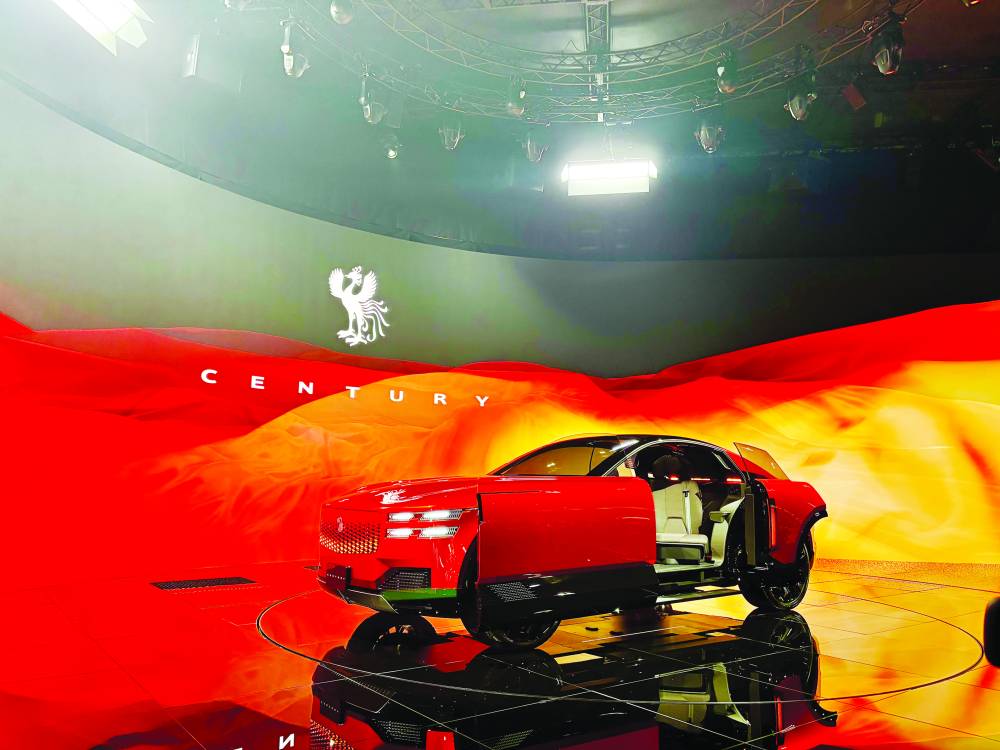
Akio-san, however, was quick to give full credits to Toyota’s first chief engineer Kenya Nakamura, who oversaw the original Century’s development in 1963.
Toyoda acknowledged the engineer’s full awareness of the national pride that was at stake for the Century then, as it would be THE car for the country’s most important people. “This spirit guided Nakamura in every aspect of the Century, from its development to production and sales,” he said.
The first-generation Century was so successful as the vehicle for Japan’s ultra-elite that its design and accoutrements were largely unchanged during its 30-year production (1967-1997).
And now, at JMS 2025, Toyota makes the daring move to finally introduce one of the carmaker’s closely guarded secrets to the rest of the world.

This is not to say that the Lexus brand is being left out of the party. On the contrary, Lexus also revealed some new tricks up its sleeve, such as the new morphed LS Concept, which now runs on 6 wheels, and the Lexus Sport Concept, and an an ultra-luxury catamaran. Over at Toyota, the Corolla Concept, the Toyota Land Cruiser FJ, the spunky Daihatsu models, and the colorful Kids Mobi wheels were on display and gathered crowds.
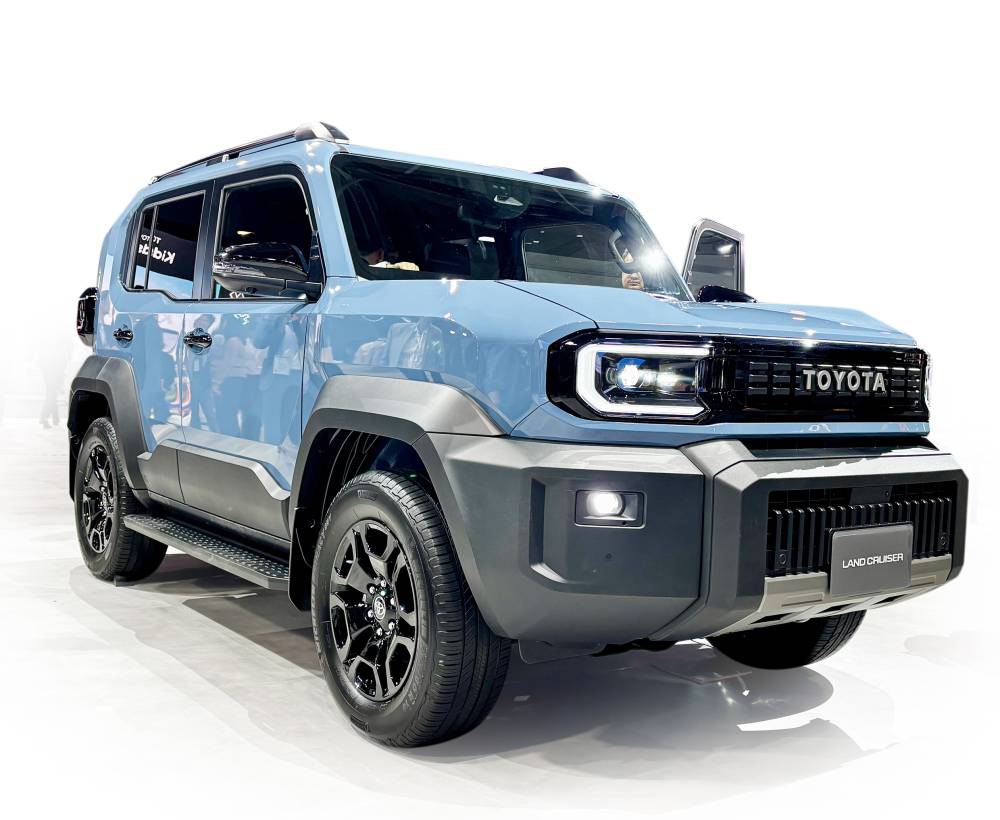
There was, for sure, an abundance of eye-candy and mind-bending concepts from just these two marques. But for this story, we have to give Toyota’s engineers their flowers, and acknowledge that their work may very well be the bedrock that future engineers may build upon, not just for the Toyota brand, but for the dynamically growing space in mobility across the table. Engineers, after all, are the driving forces behind the design, development, safety, and manufacturing of vehicles, essential for turning abstract ideas into tangible, functional, and innovative cars.
No less than Toyota President Koji Sato is an engineer, rising through the ranks to become a chief engineer for Lexus before being earning the top appointment. Lexus International president Takashi Watanabe is also an engineer. Watanabe began his career with the advanced development of engine systems at Higashi-Fuji Research Center. In 2012, he moved to Lexus International, where he was first engaged in the product planning for flagship models LS and LC, as well as the development of the GA-L platform. In 2017, as chief engineer, he was responsible for the development of the UX300e and RZ electric vehicles.
Top technical leadership
Toyota recognizes the importance of its engineers. Which is why, on Day Two of JMS 2025, at the TFT Building, we motoring scribes faced a battery of them, virtually a “murderer’s row,” so to speak, of Toyota’s top technical leadership. We had the entire “multi-pathway” strategists in one room: Chief technology officer Hiroki Nakajima; hydrogen factory president Mitsumasa Yamagata; software development center president Akihiro Sarada; carbon neutral engineering development center president Keiji Kaita; and powertrain company president Takashi Uehara.
Solid-state batteries
The engineers discussed future energy sources, including the potentials of solid state batteries, which they revealed to have a longer life, longer range, and a usable lifetime of more 10 years. Toyota is aiming for a market launch of BEVs with all-solid-state batteries in 2027-28, hinging on the ongoing collaboration with partners to develop and mass-produce the technology.
Carbon neutral fuel
In India, Indonesia, and Thailand, the teams are working together on carbon neutral fuel, especially on biofuel. They are working with the government, stakeholders, and partners in these countries to push for this type of fuel in other countries and regions.
Experts noted that, generally speaking, biofuel has been most associated with corn, sugarcane, and other food products as sources. Toyota’s R&D, however, is looking into producing biofuel and ethanol from non-food sources.
40 million Toyota connected cars
Safety was also discussed. At one point, the discussion turned to using high-speed internet as a way to help reduce traffic fatality and improve road safety. The engineers talked about optimizing the internet according to each country’s telecommunication infrastructure.
The engineers confirmed that Toyota has already delivered 40 million connected cars globally, and that number continues to rise. The implication for all these connected cars? Each connected vehicle can either receive or transmit drive information to and from a central hub, and that information can be used to help improve overall safety in a roadway system.
For example, a connected car can gather information on how its driver behaved on a particular crossing, especially in instances leading to a traffic collision. Did the driver step on the brake too suddenly? Did the driver steer abruptly? The engineering team said that they can gather such data from the connected car. And from the information acquired, future approaches can be applied to all other connected cars to avoid such mishaps from happening on their end.
On top of all these, the engineers continued to put faith in the “multi-pathway” approach, hammering home the point that, despite vehicle electrification accelerating, different regions and countries still have to contend with different energy situations, and what Toyota provides are the optimum powertrains for the region or country. They stress that in some regions, it would make more sense to use hybrid technologies to substantially decrease carbon emission, while in others that can generate their own clean energies, battery electric vehicles would be more suited for CO2 emissions reduction.
Toyota’s engineers are just dishing out the “real world deal.” And for a carmaker that has cornered nearly half (46 percent) of the Philippine share in automobiles, you can’t ignore what it has to say in terms of market insights. It truly has the inside track on what it calls “real and diverse customer needs,” and its engineers are committed to help transition consumers towards carbon neutrality “aligned to the energy sources of the country” where it conducts its business.
At the Toyota Motor Asia press briefing, Toyota Motor Corp Asia Region chief executive officer Masahiko Maeda, executive vice president Pras Ganesh, deputy CEO Hao Quoc Tien summed up their message: “Toyota has always believed in being ‘Best in Town’ where the company uses safe and high-quality advanced technologies to solve day-to-day mobility challenges for our customers and broader society. This is aligned with the corporate missions of enabling ‘Mobility for All’ and ‘Carbon Neutrality.’”
The executive panel also announced that, while Toyota in Asia will expand its lineup of “affordable hybrid electric vehicles (HEVs), driving forward the mass expansion of its multi-pathway approach,” it would also begin local production of battery electric vehicles (BEVs) in Thailand and Indonesia by the end of this year. Over the next three years, Toyota aims to introduce more than 10 new electrified vehicle (xEV) models across Asia.


